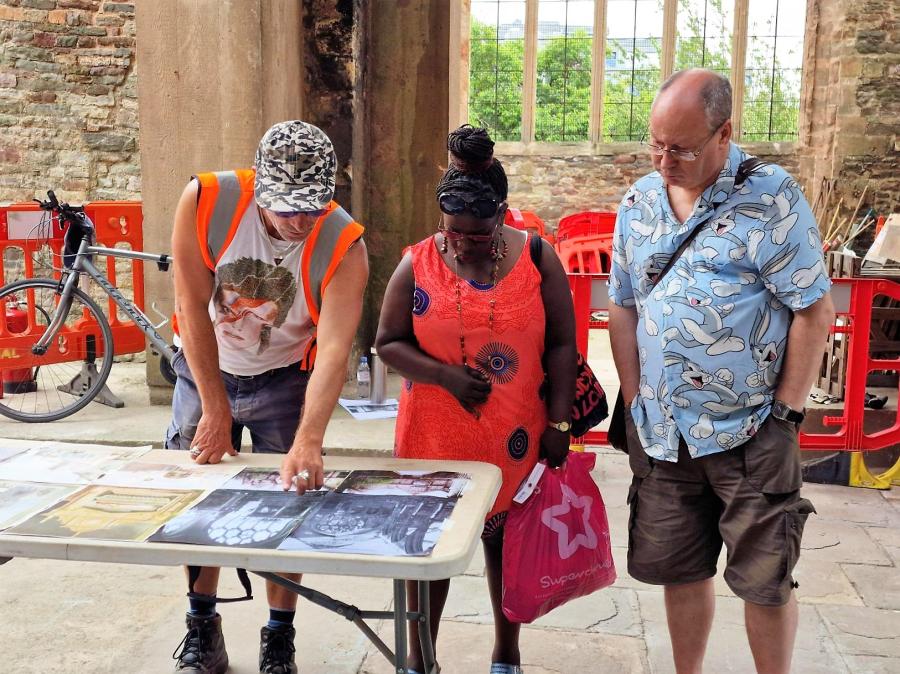Our highlights of this year's Festival of Archaeology
From Corfe Castle to Coleshill, Badbury to Stafford, we worked alongside our clients and partners to support an array of events across the UK. Here’s a selection of our highlights.
Exploring heritage visualisation technologies at Badbury Rings
Wessex Archaeology Research Assistant Elizabeth Darlington, a PhD student at Bournemouth University delivered a collaborative event with the National Trust.
During the event, Beth analysed how visitors responded to different interpretation methods including QR codes, living history and replica artefacts. There was also a structured light scan of the Badbury Stone so visitors could explore the stone in the virtual world.
Our in-house Studio created an animation with our 2D Animated character Iona to explain Bronze Age weaponry This included the Bronze Age Rapier sword found at Badbury and as well as the virtual experience visitors could see a physical replica too.
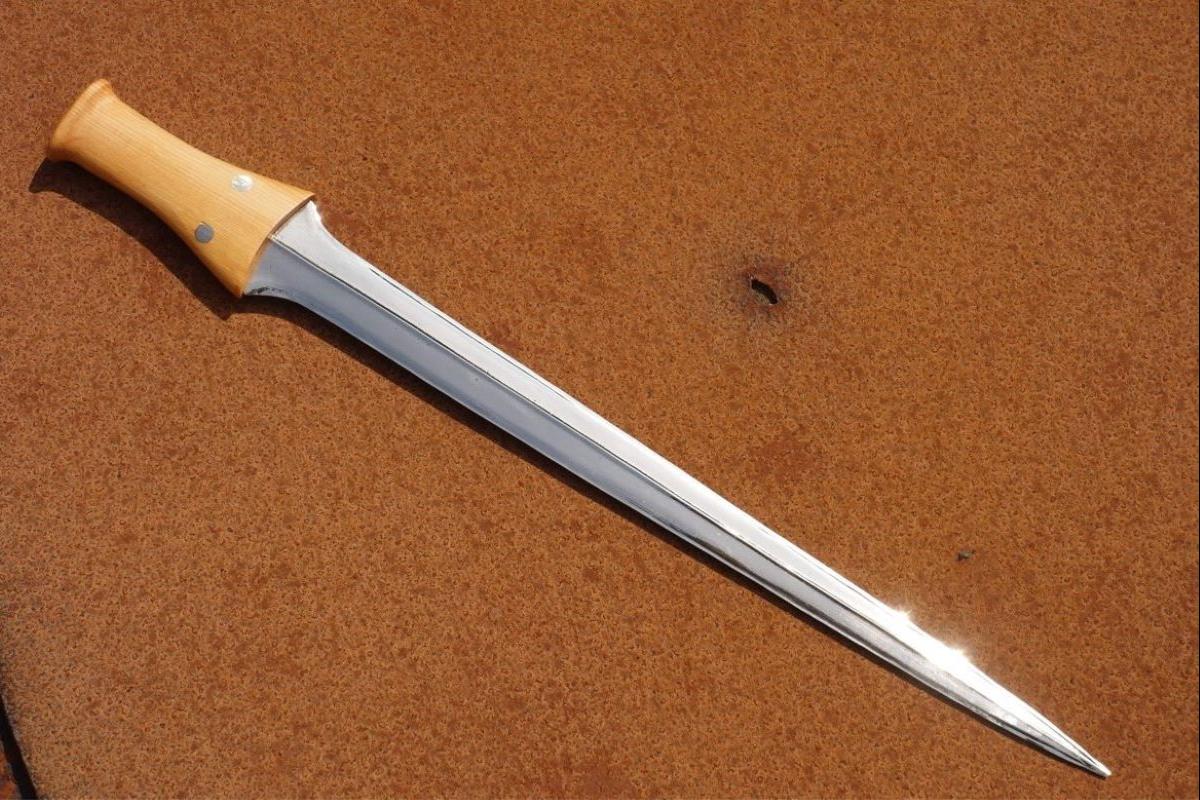
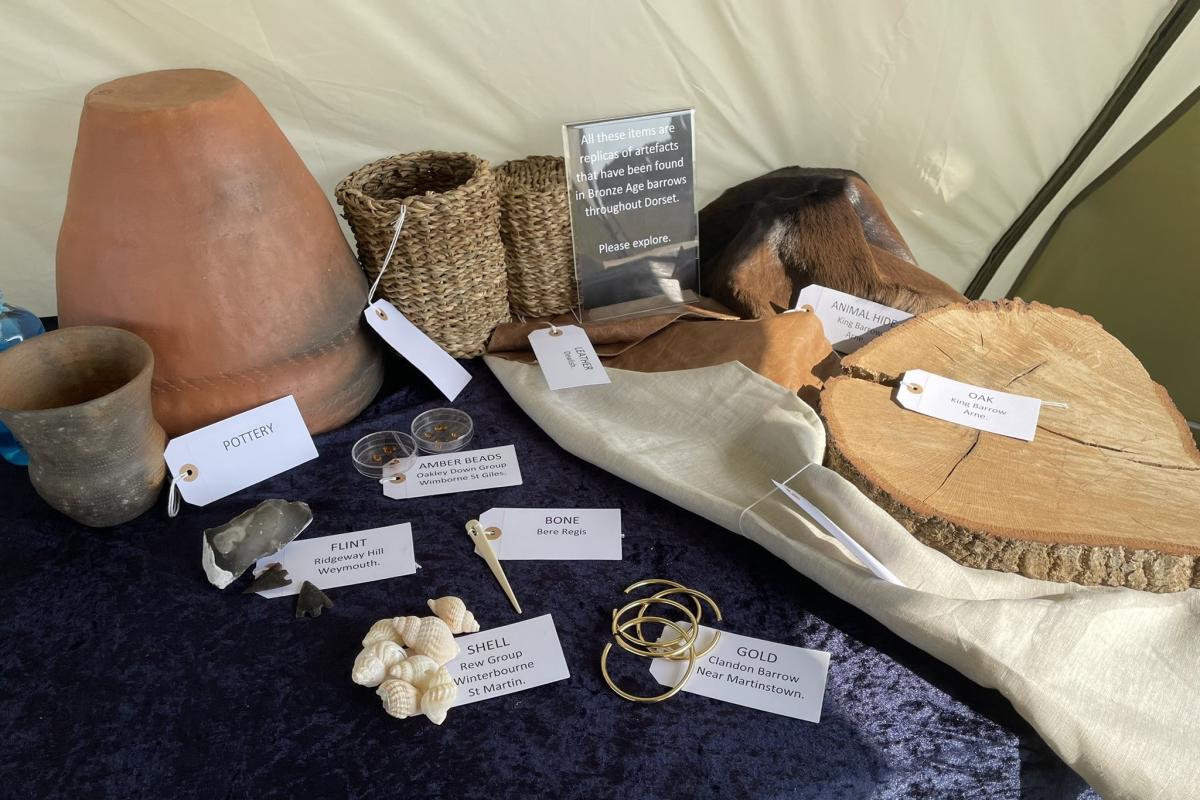
Above: Replica of a Bronze Age rapier found at Badbury Rings used as part of Beth’s research
Fragments Pop Up at The Potteries Museum
On Saturday 16th July, Engagement Team members Leigh Chalmers and Natasha Bramall, hosted a pop up ‘Fragments’ session at The Potteries Museum & Art Gallery, Stafford.
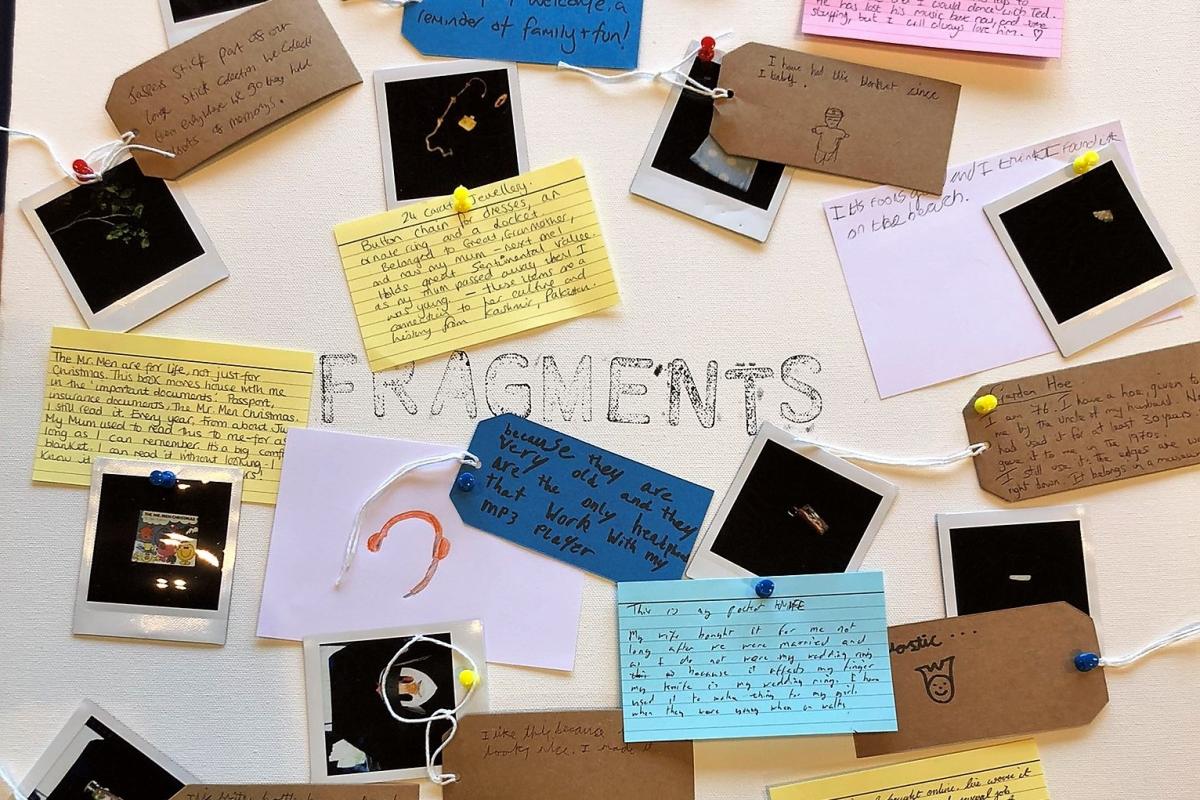
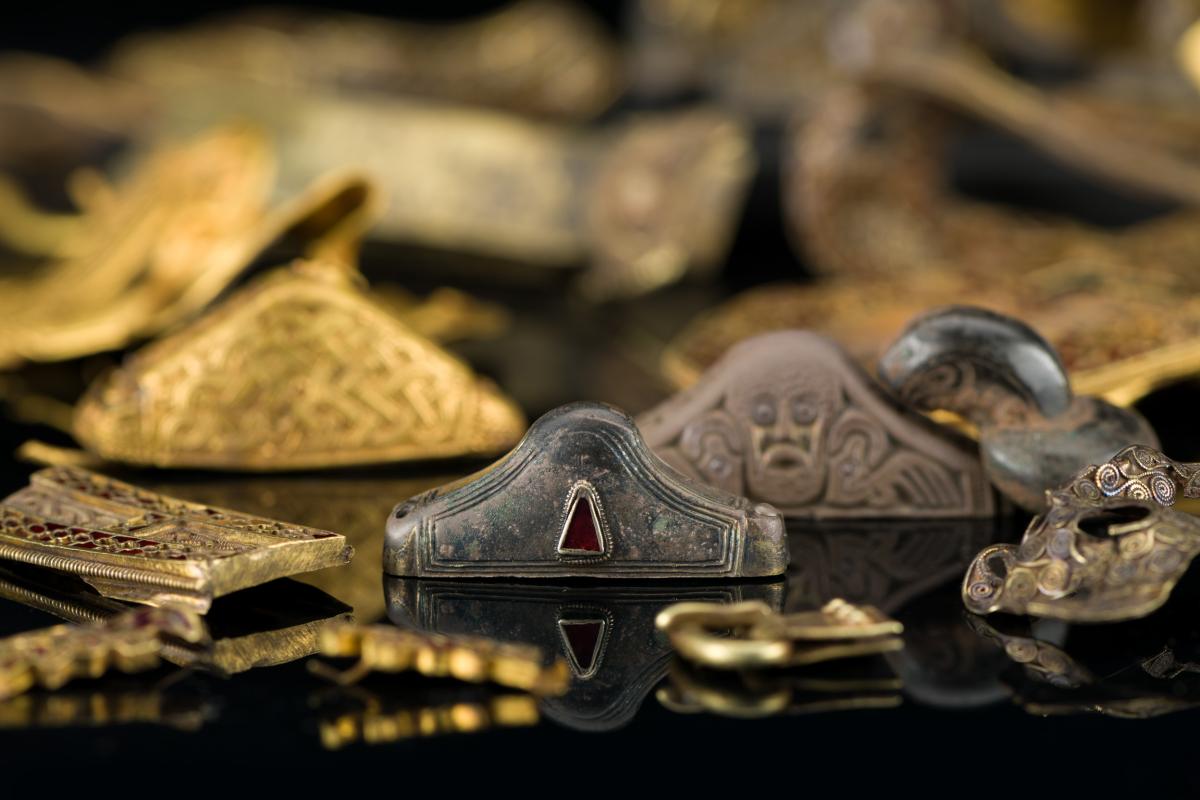
Museum visitors helped to create a ‘Hoard of our Time’ inspired by the Staffordshire Hoard. Guests were invited to bring along treasured objects to be photographed to represent the people who live in Stoke-on-Trent now. The belongings photographed on the day tell the important story of Stoke. Objects included treasures passed down through generations, broken objects, and objects Stoke residents felt were too important to throw away and have taken on particular significance.
St Peter’s Church Bristol


Above: St Peter’s Bristol excavations in process with Geophysical survey and fieldwork technicians
Solving mysteries at St Peter’s Church Bristol
Between Wednesday 20th and Friday 22nd July in collaboration with our client Bristol City Council we opened our test pit excavations at St Peter’s Church, Bristol. Wessex Archaeology specialists shared what we had discovered during the test pit phase.
Engagement team members Beth Harrison and Mica Cordingley brought history to life with an interactive experience in the Wessex Event Tent.
The St Peter’s Church site dates to the medieval period and suffered damage during a WW2 bombing raid. Our work on site aimed to determine why the church floor was subsiding. St Peter’s Church houses graves within the church boundary itself, a feature which is not uncommon for the medieval and post-medieval period. Test pitting revealed that following WW2, capstones had been lifted off the graves and the majority of the graves cleared out before backfilling. This is the major factor which had been causing the floor to subside.
Now that the archaeological survey has determined the cause of the church’s subsiding floor, Bristol City Council will be able to design a programme to make the site publicly accessible to Bristol residents again.
You can listen to Senior Fieldwork Archaeologist, Cai Mason, discuss the site on BBC Sunday Breakfast (from 2 hours 55 minutes into the programme) - https://www.bbc.co.uk/sounds/play/p0cjyyzy
HS2 Coleshill Town Hall drop-in
In partnership with HS2 and LMJV, Natasha Bramall, Community Engagement Coordinator, facilitated a drop-in event at Coleshill Town Hall.
Taking place on Tuesday 26th July, the Coleshill Town Hall venue is just 1km away from the Coleshill excavation site situated to the west of the Town Hall.
Excavation began in 2018 as part of work to investigate the fields around Coleshill Hall in preparation for the route of HS2. The 2022 Festival of Archaeology event marked an opportunity to discuss all the progress made over the last couple of years.
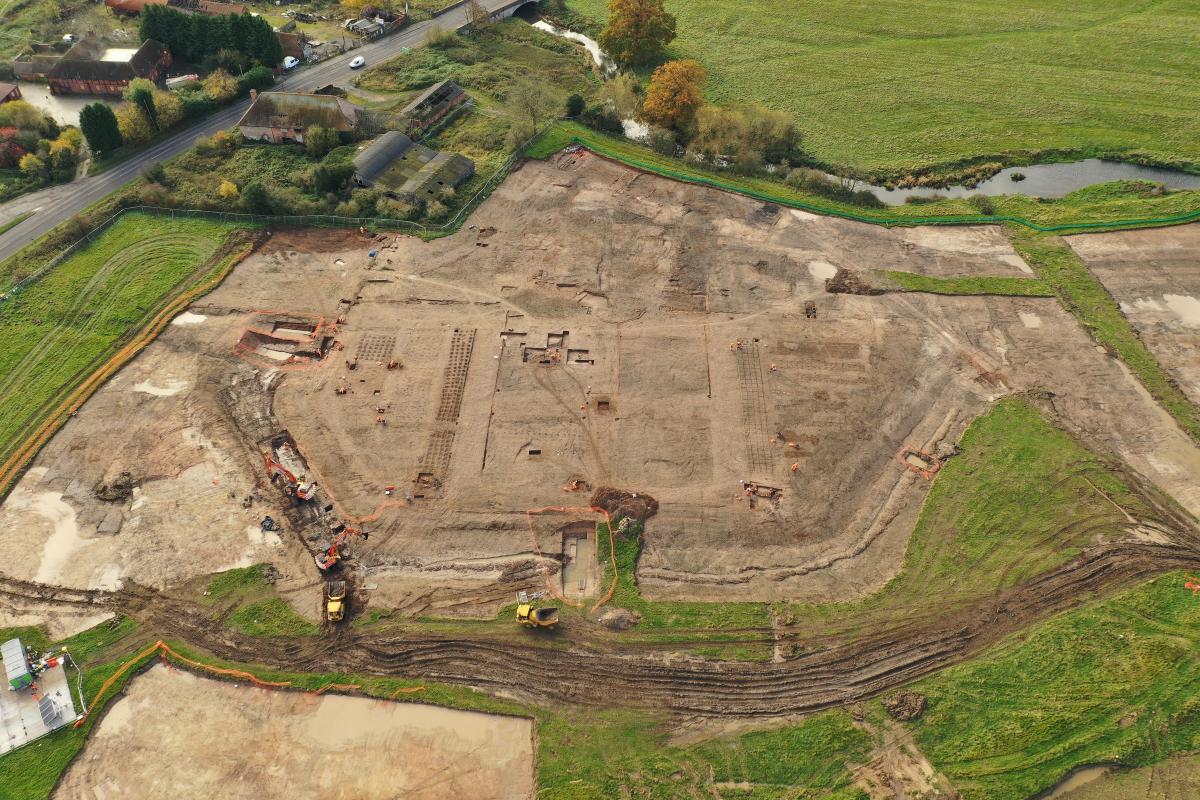
Above: Coleshill Town Hall drop-in session for the Festival of Archaeology and an aerial shot of the Coleshill Manor and Gardens
Wessex Archaeology specialists have been recording at Coleshill Park since 2018 and by 2021 we had uncovered Bronze Age burnt mounds, Iron Age and Romano-British settlements as well as medieval moats and a manor house next to Coleshill Hall.
Above: Explore our YouTube series ‘HS2 Uncovering Coleshill’
Celebrating Festival of Archaeology success at Corfe Castle
A few miles from the Jurassic Coast, our Community Engagement team showcased new Marine Archaeology and Marine Geophysics activities at Corfe Castle on Sunday 31st July.
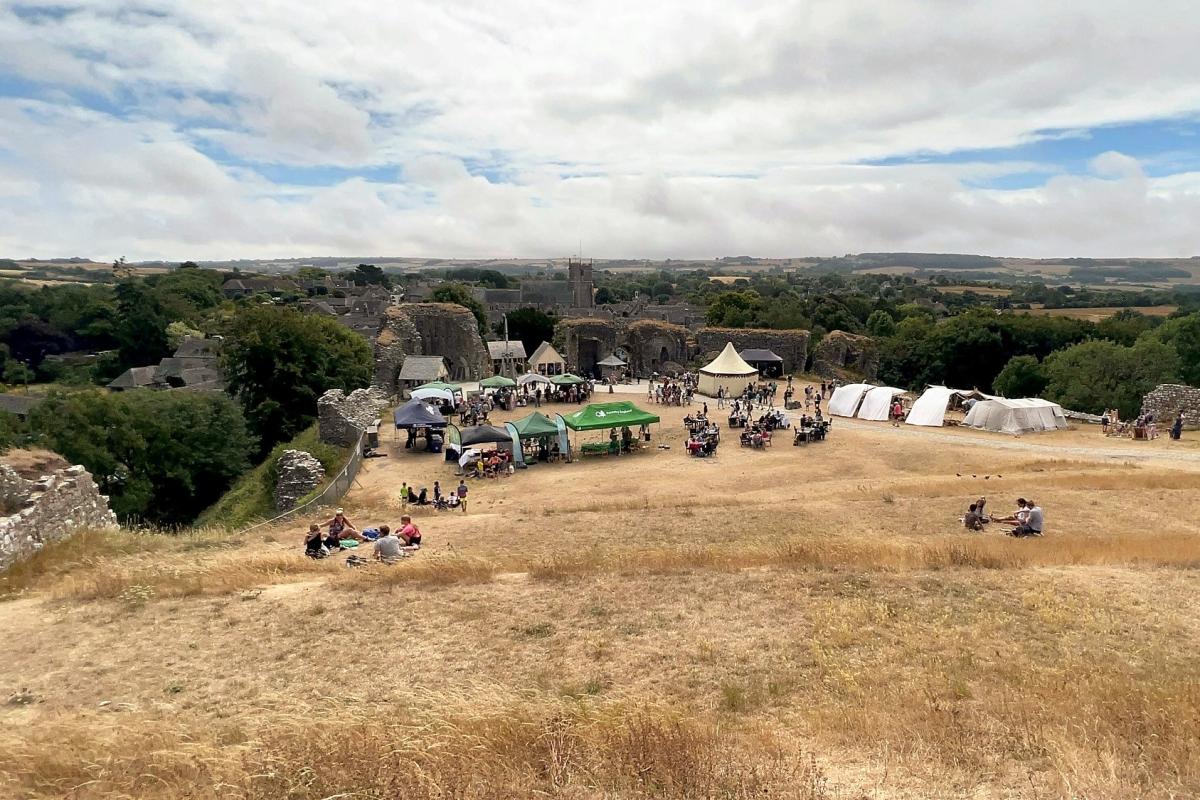
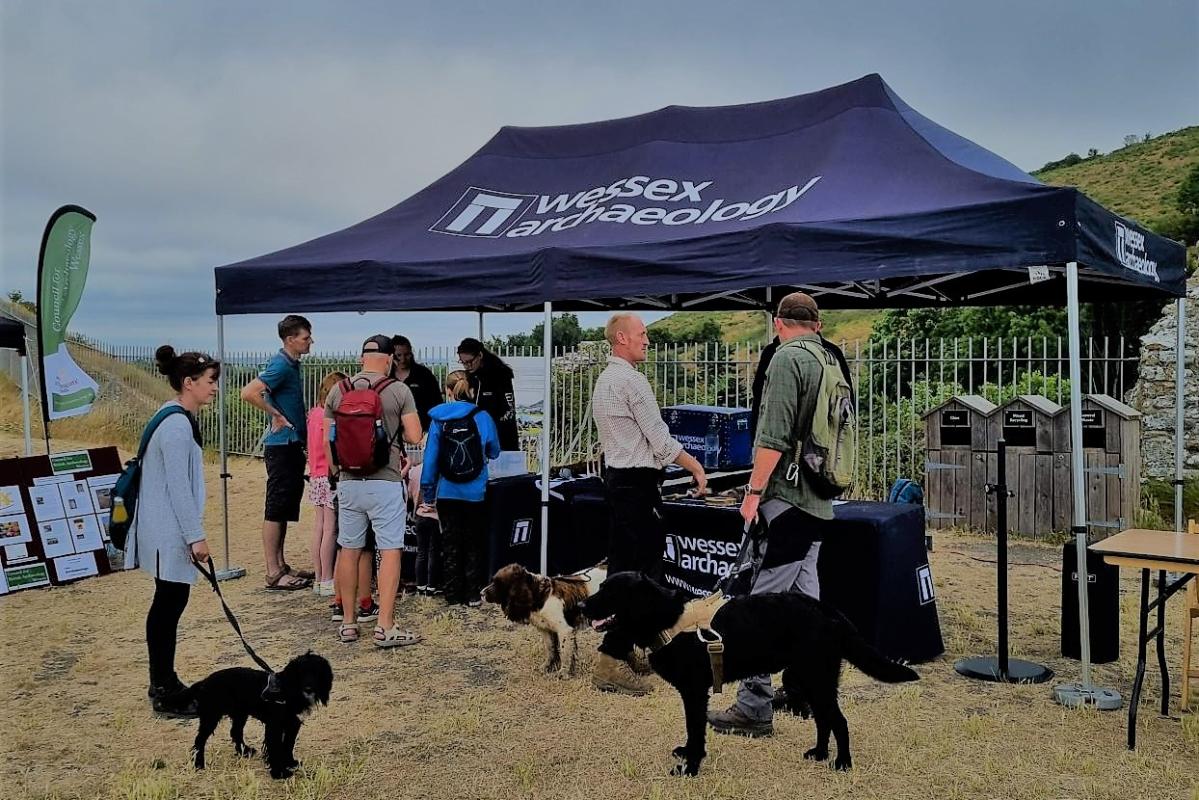
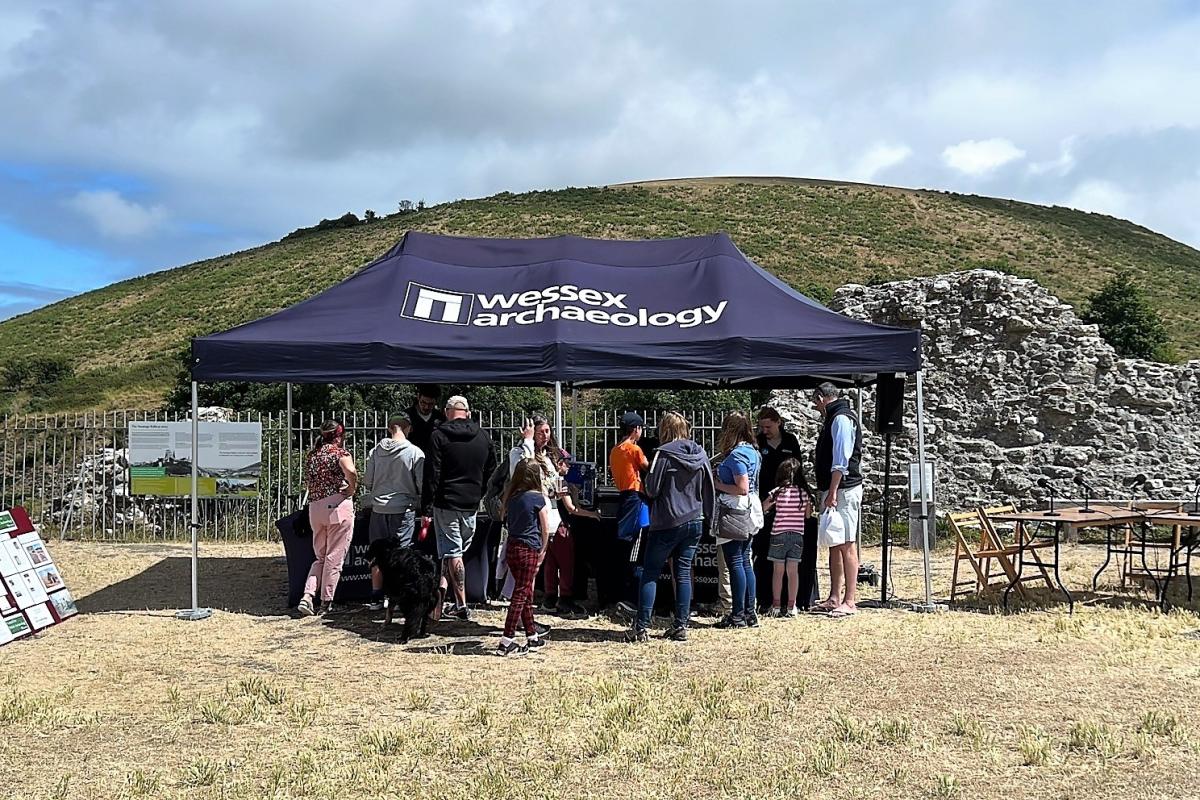
Above: Wessex Archaeology Community Engagement gazebo overlooking scenic Corfe Castle
Visitors were able to get hands-on with finds from deep beneath the sea and discover the rich Maritime heritage of the Dorset and UK coast. We also hosted our new Fairey Barracuda Virtual Reality experience, showcasing how our Marine Archaeologists dive to record the details of underwater sites.
